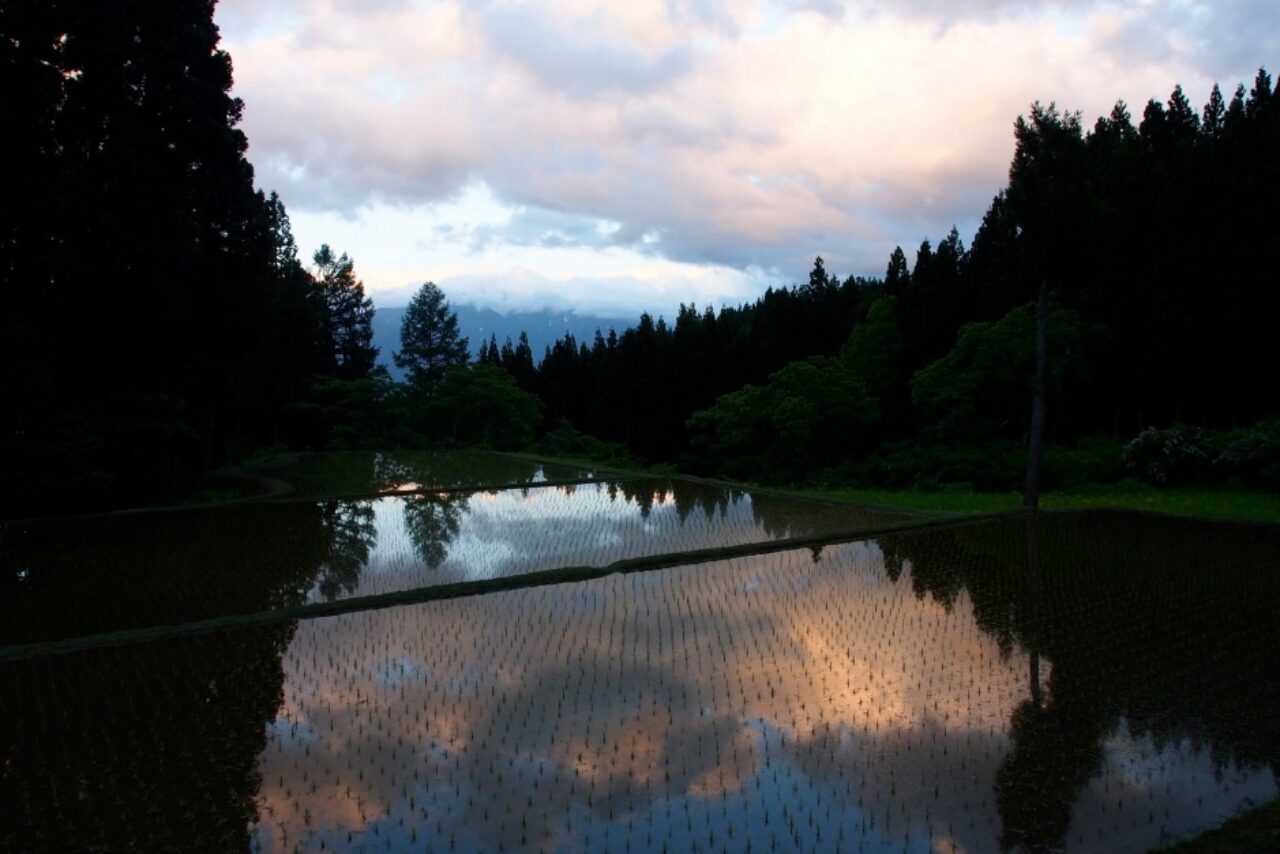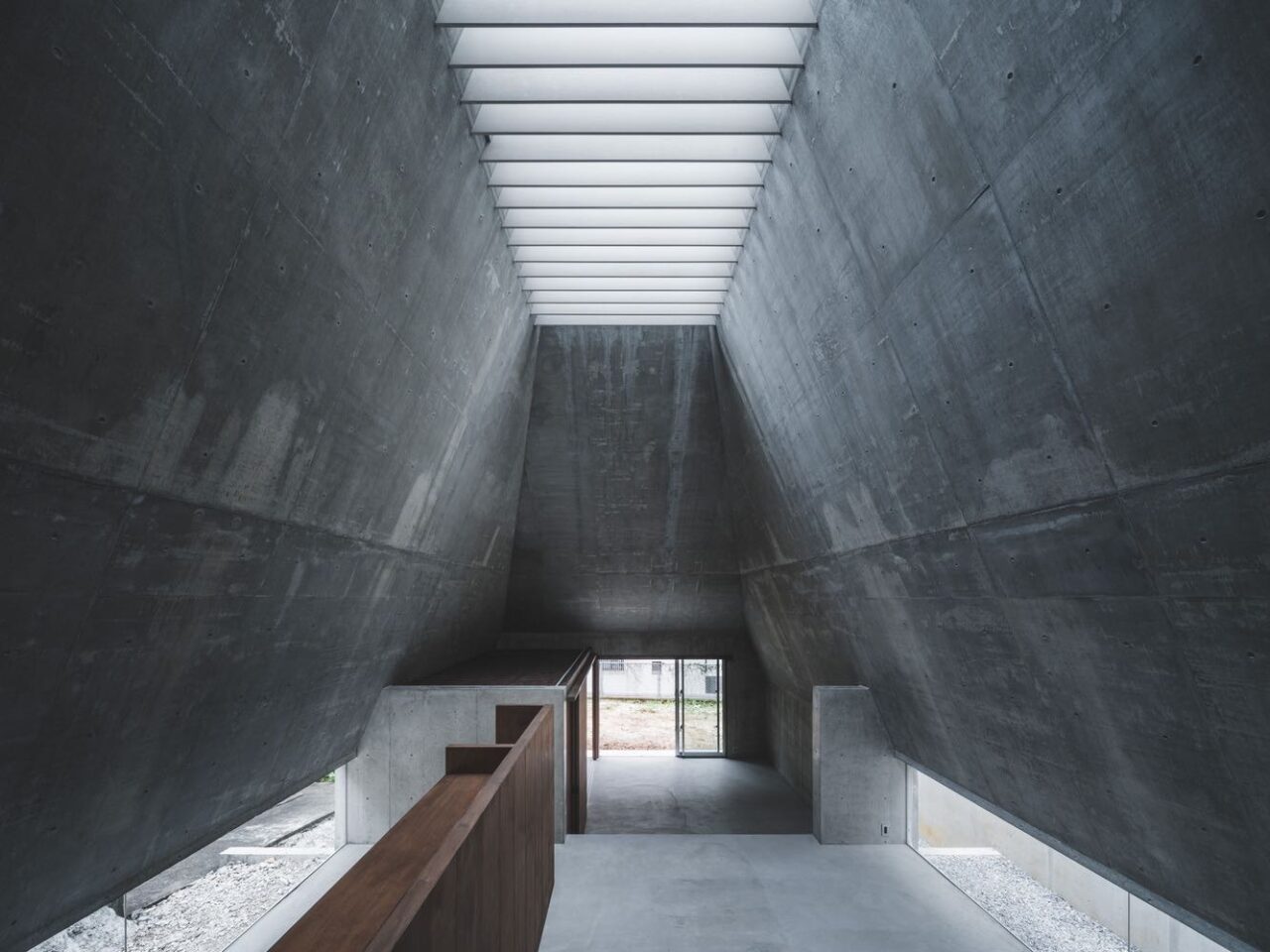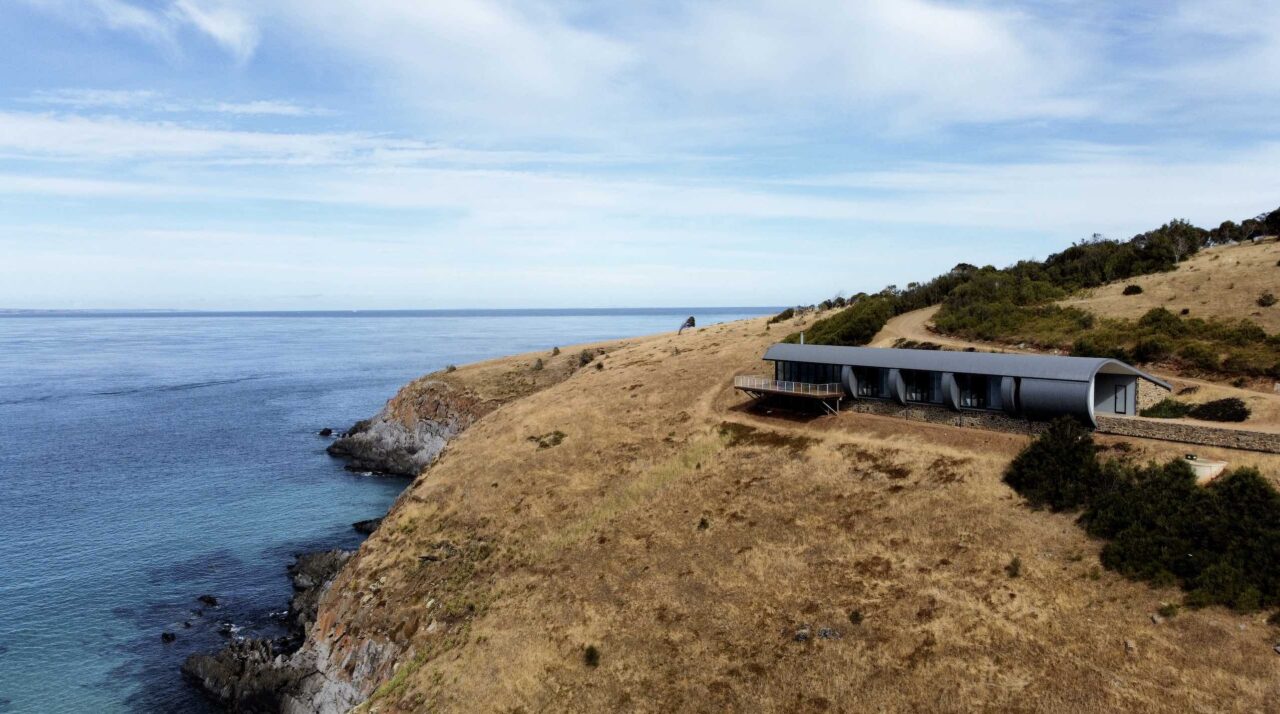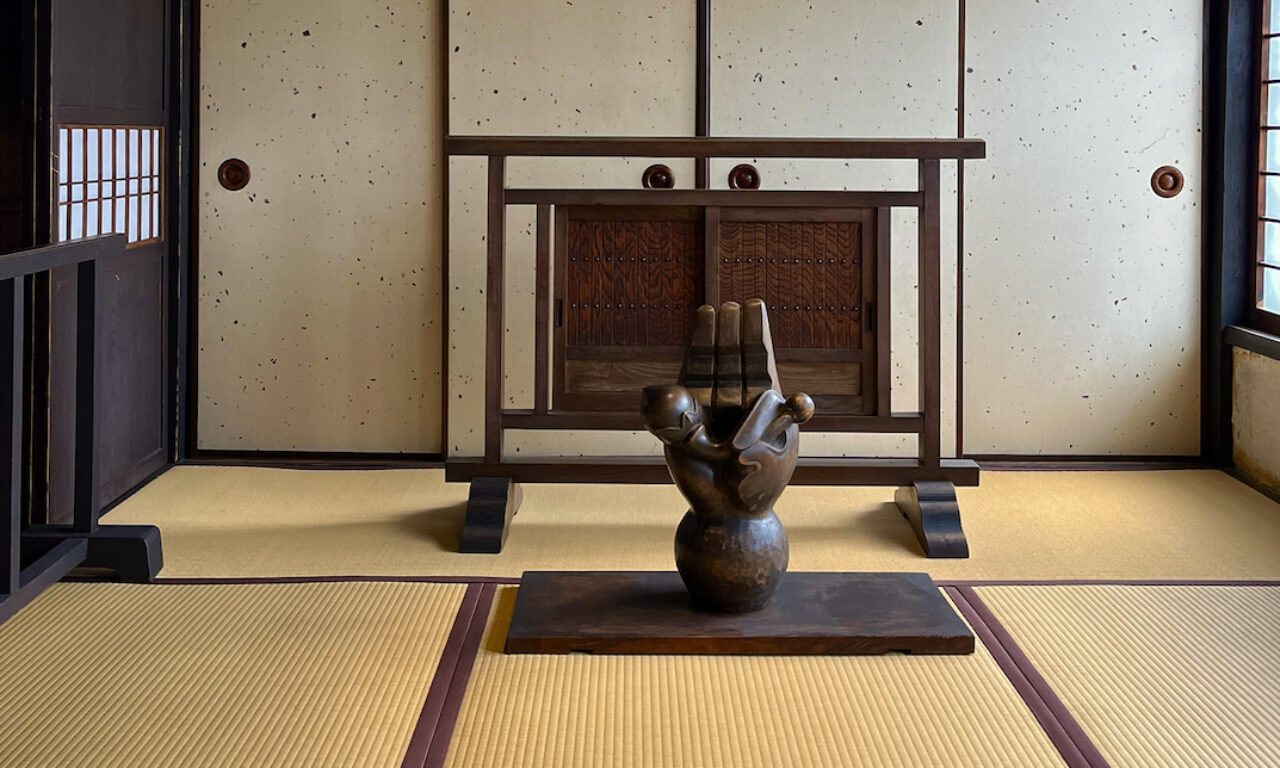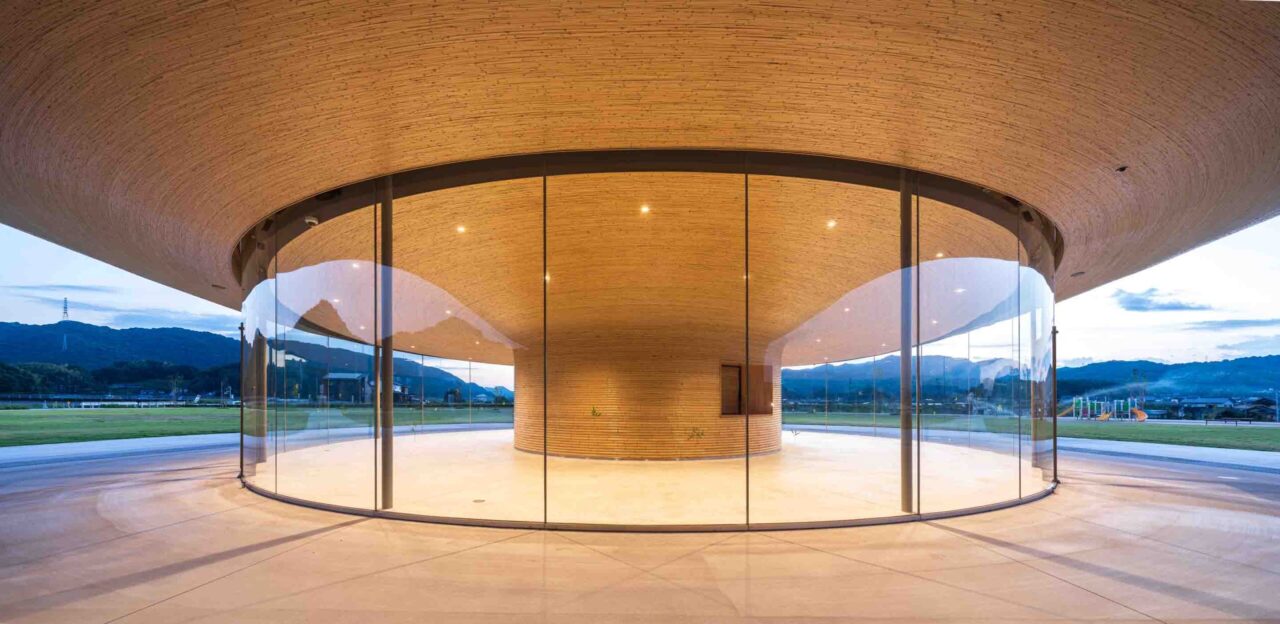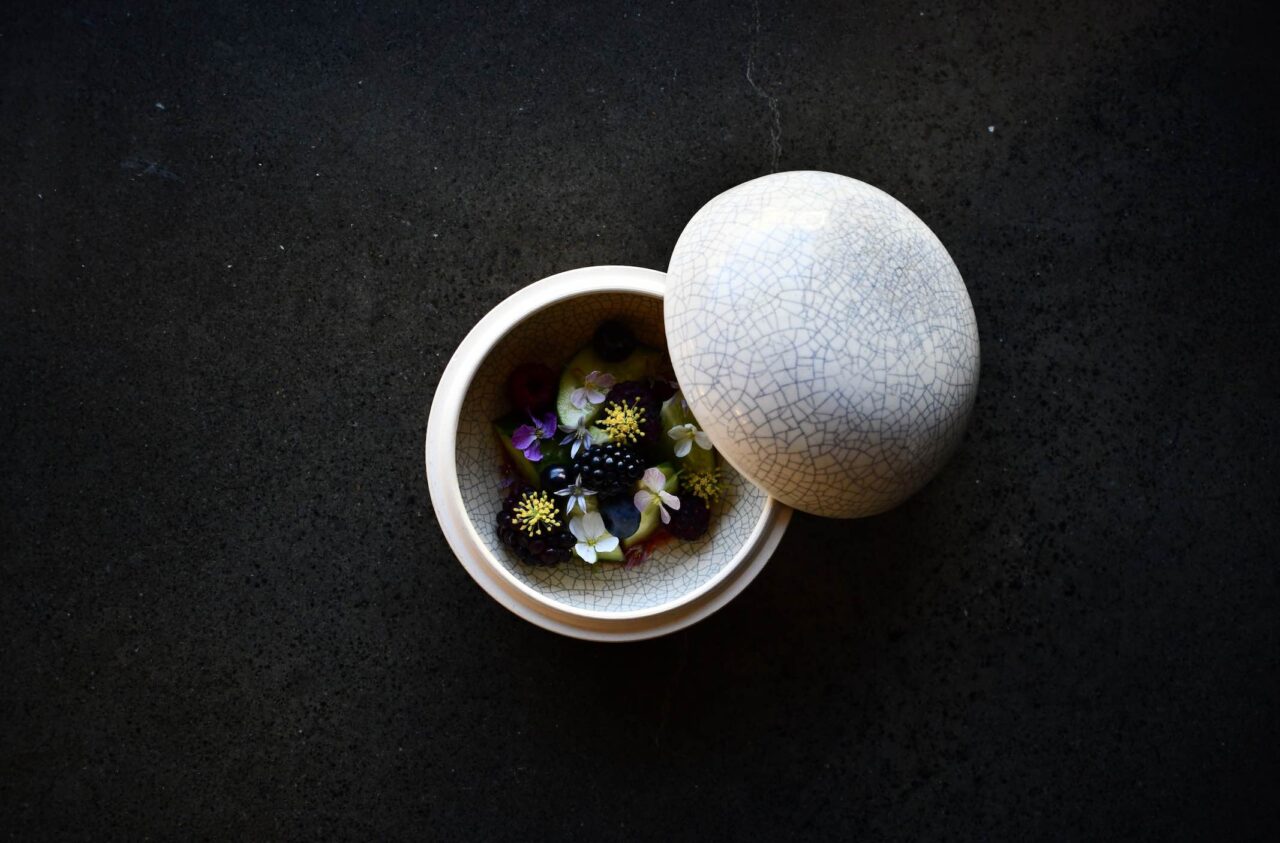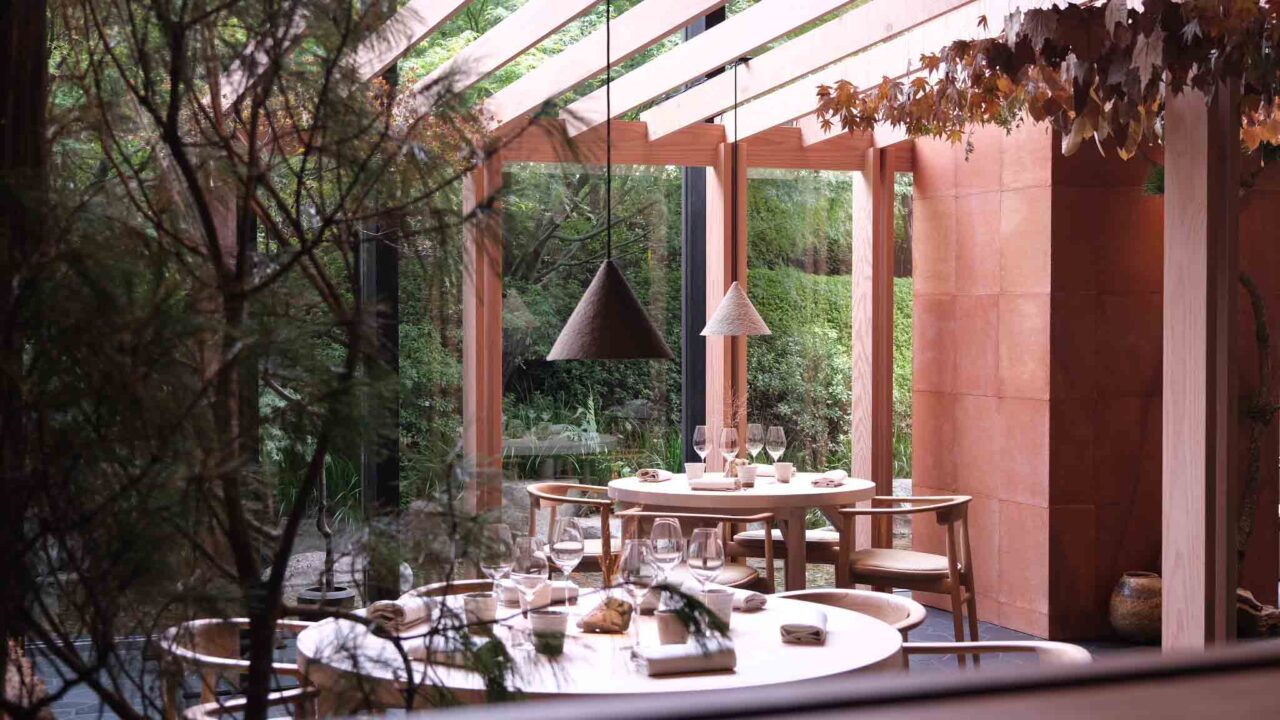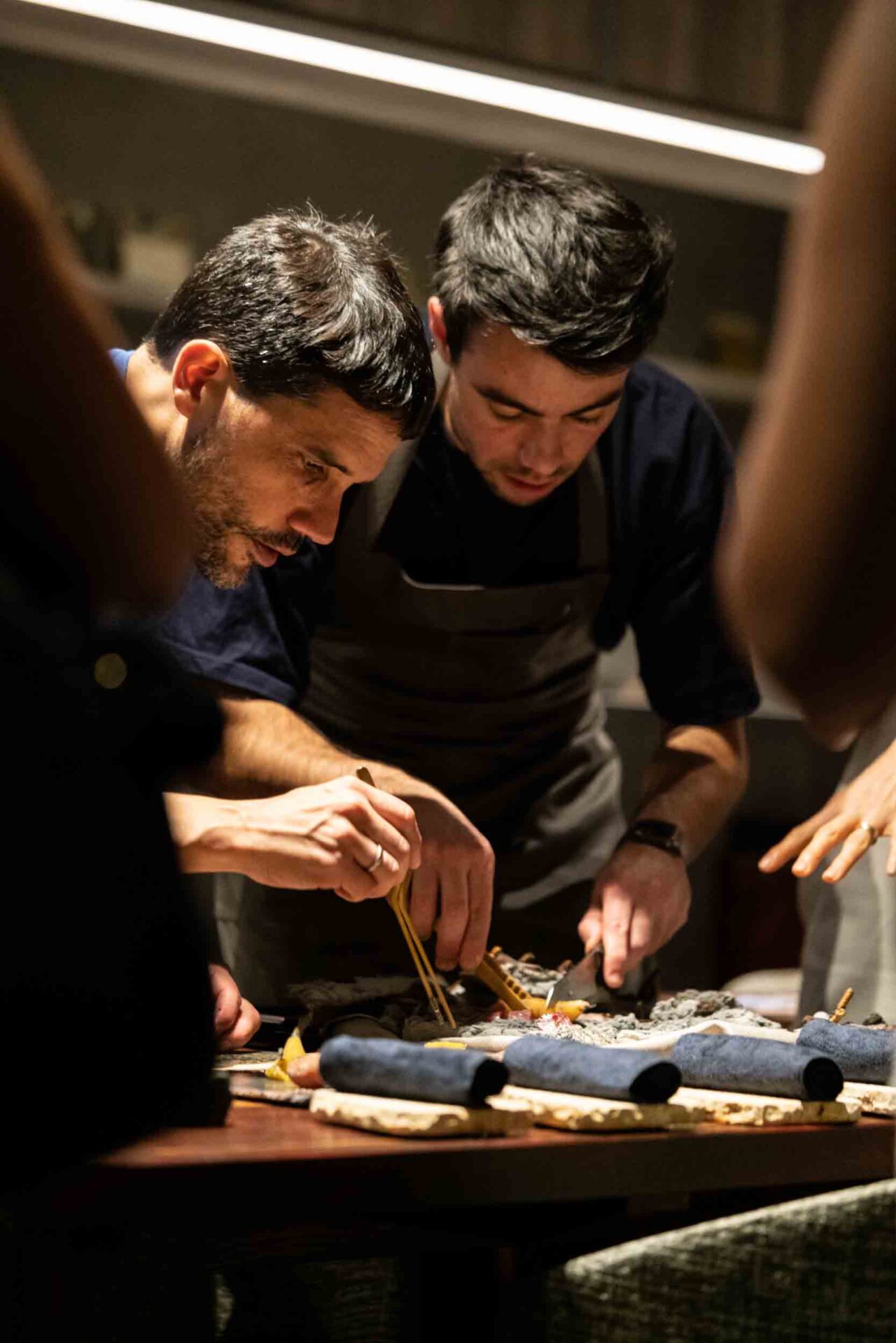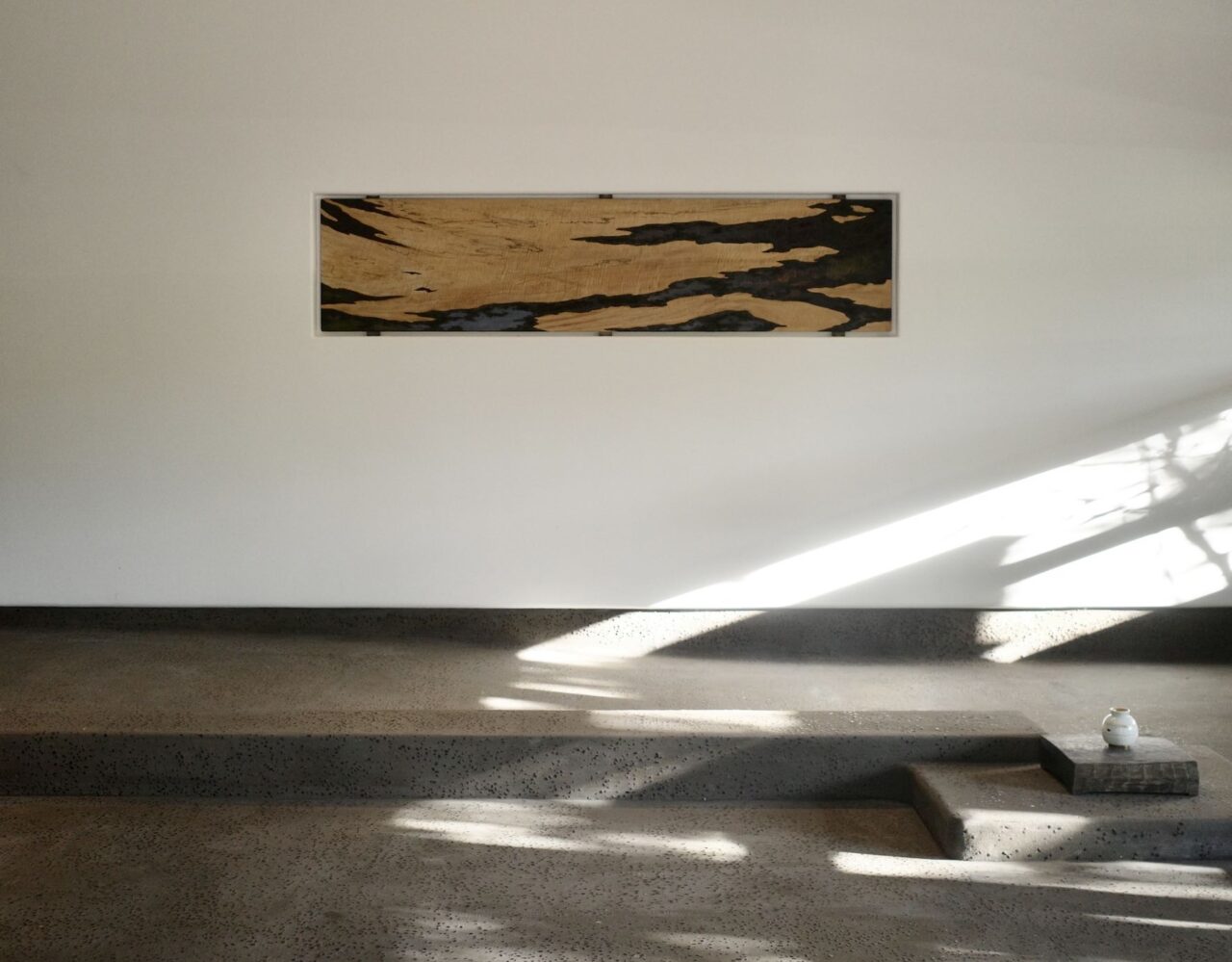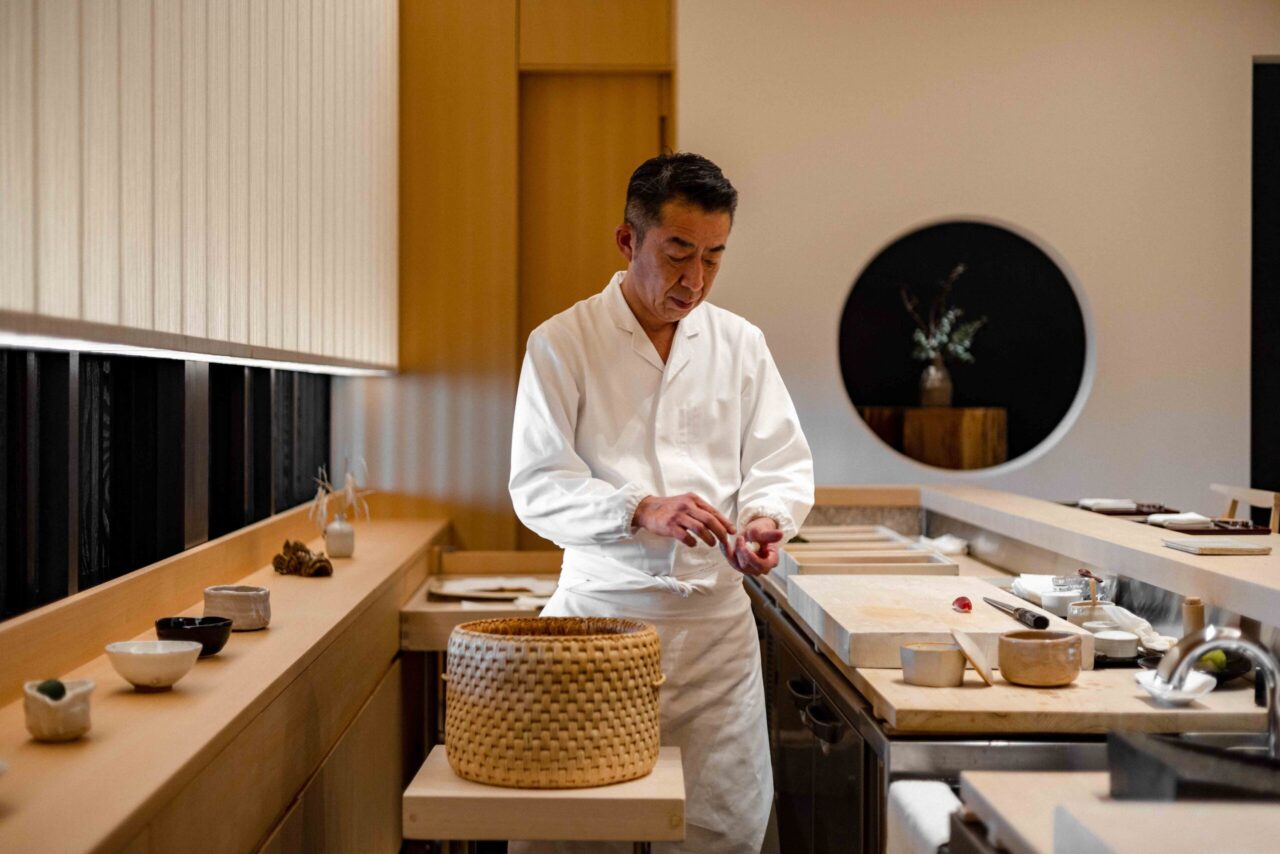SATOYAMA JUJO
Architecture, Design & Mountain-Foraged Dining In Japan’s Deep Countryside

Here in a deep mountainside nestled in the foothills of Niigata in Japan, known for its heavy snow in winter and stunning greenery in spring and summer, find an immersive experience where a deep connection with nature truly begins.
Satoyama Jujo is unlike any other hotel you have even experienced in the way that it is more inclined to be described as a wellness hotel rather than a typical design hotel. Utilising the Japanese term of touji — the traditional Japanese custom of body healing through a longterm stay at a hot spring facility allowing the minerals to heal any ailments — the hotel takes a modern approach to the concept yet embedded with contemporary design and innovative cuisine all centred around the benefits of the earth.
Satoyama, the Japanese term referring to land bordering the mountain and village, and Jujo meaning ’10 stories’, reflects the hotel’s many elements that form its natural living ethos. As an architectural, gastronomic and design destination situated just north of Tokyo three hours by bullet train to Uonuma in Niigata prefecture, guests can discover three core pillars of Food, Architecture, Lifestyle.
The journey to the hotel includes a quaint local train ride from the main station, followed by a short drive in the hotel’s courtesy car taking you through mountains of Echigo-Yuzawa past local crops and rice fields. The drive through the local village and up into the mountains showcases a scenery of vivid green, sloping mountain ridges and an occasional [spectacular] waterfall. Even in early May, guests can witness remaining patches of snow, nestled along rivers banks and corners, a sign of the regions beautiful get rigorous terrace and heavy winter snowfall.
From the get-go, it feels like a destination unlike any other, with the journey to reach the site best described as a kind of roji or passage that allows you to mentally pause for a moment, visually cleanse and spiritually prepare — all whilst taking in in the mesmerising green scenery.

Upon arrival to Satoyama Jujo, the first thing to notice is the expansive traditional structure — a former 150-year-old traditional kominka wooden townhouse relocated to the current site and renovated into a modest, contemporary design hotel.
By the front entrance, a natural mountain water tap flows generously into a stone basin filled with ice-cold beers. Inside, guests are welcomed with a glass of local producer Hakkaisan’s Sparkling Sake and a delicious fukinoto (Japanese butterbur) cream biscuit made in-house. In perfect timing, — Japanese mountain vegetable commonly sprouts in spring and was foraged just beside the property.
With just fifteen guest rooms, Satoyama Jujo is a fairly intimate experience in and amongst the authentic Japanese countryside. Executive Chef Keiko Kuwakino welcomes guests with a short walk around the property — abundant in herbs, flowers and perennial plants — providing the ultimate start to delving into Japan’s unique seasonal offerings.
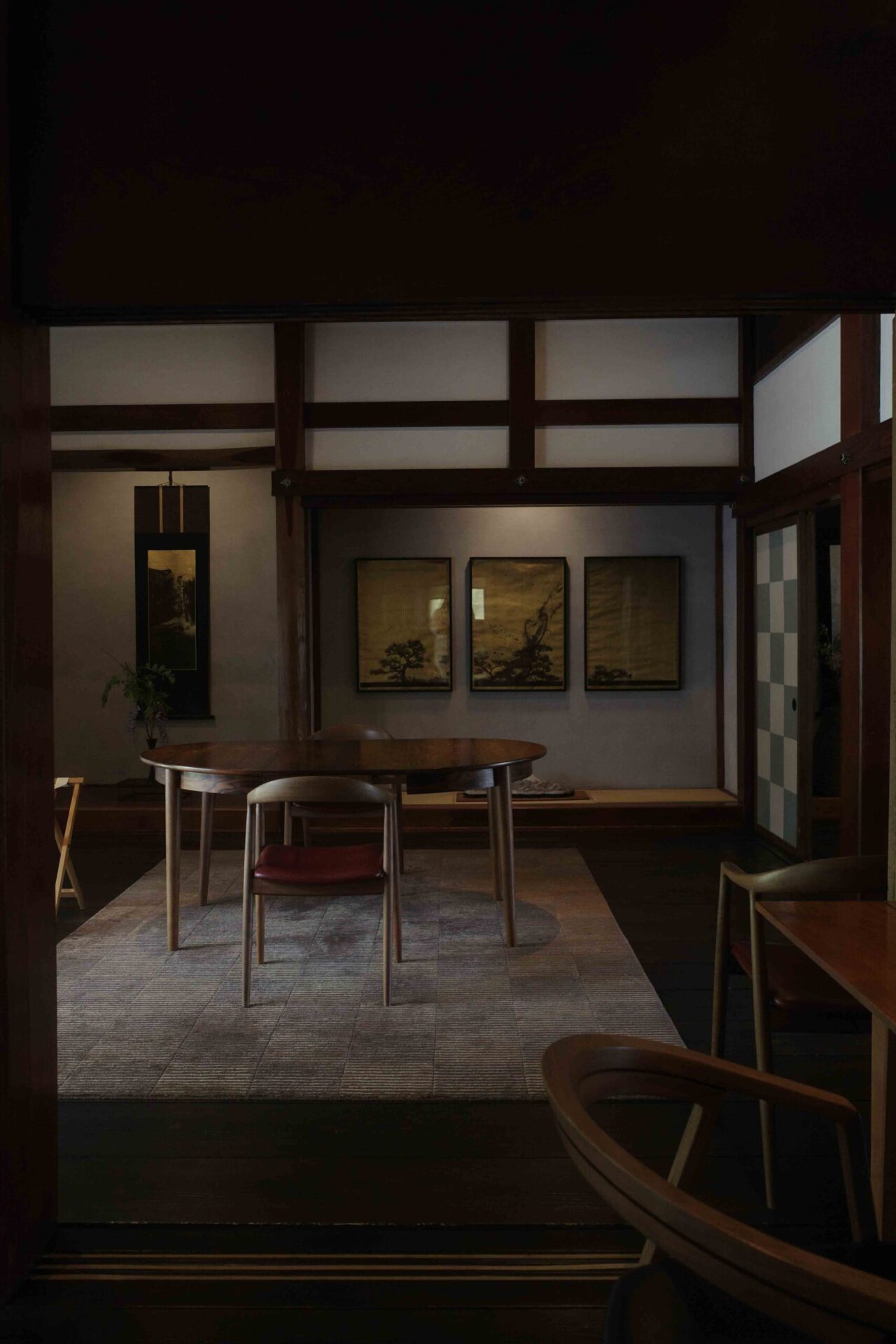
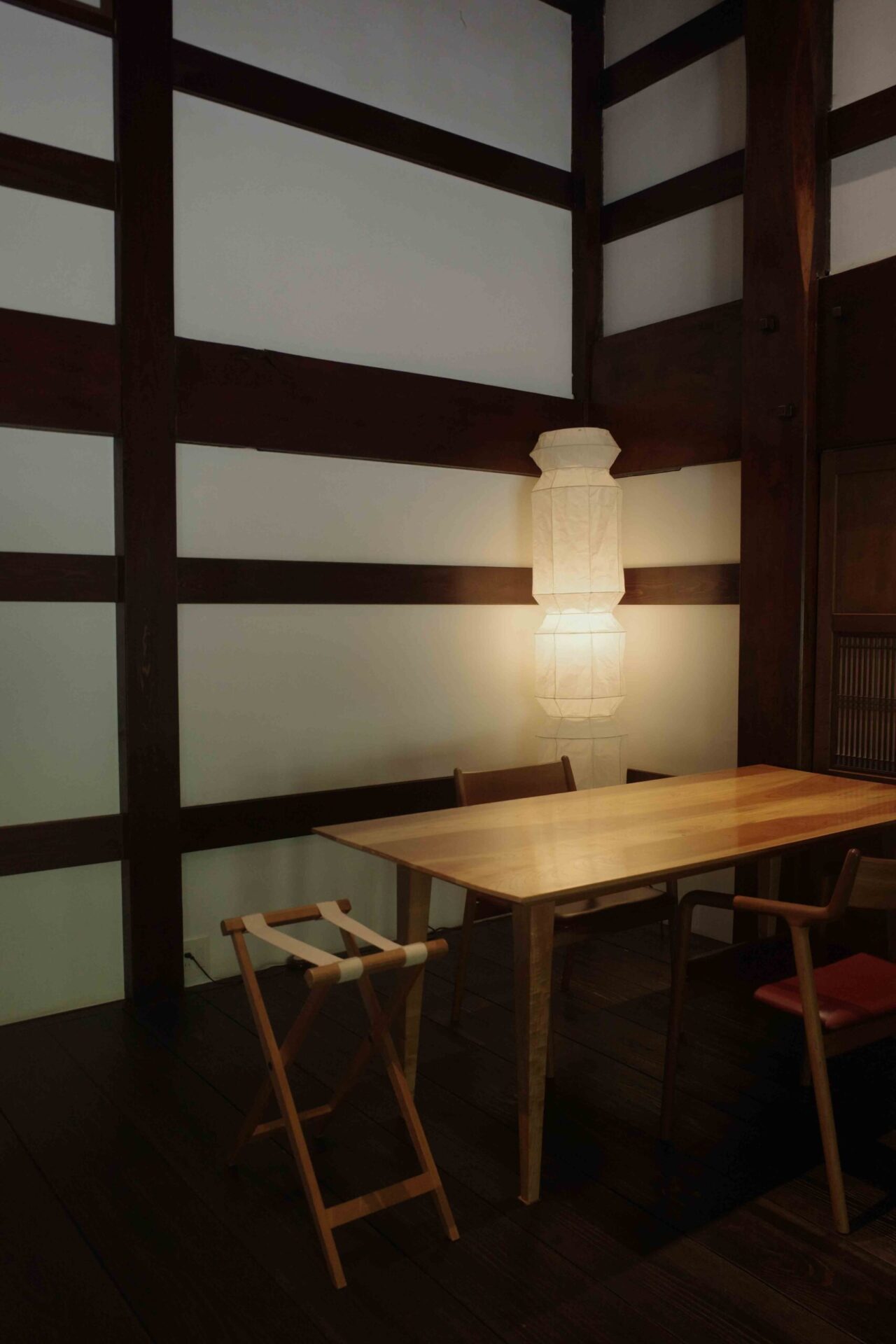
Housed in a 150-year old building renovated and redesigned by owner Toru Iwasa — founder of natural lifestyle magazine Jiyujin — alongside architect Kei Kaihoh and involving Musashino Art University, find original exposed beams and technical tsugite wood joinery remaining, showcasing the extensive history of the timber structure. The interior design compliments the tradition — designers Ryuichi Ohira, Kanzo Shibata and Shun Kawakami of Artless Inc (who also oversaw the hotel’s graphic communication and signage) blended Japanese aesthetics with Scandinavian contemporary furniture and design. Harmonising tradition with ‘modern-day necessities’, the dynamic interior is an expression of a sense of universal being.

Guest rooms feature earthen tones and expansive wide windows framing the outside view over neighbouring mountains. Each detail for human wellness has been considered, including organic skincare and amenities and organic cotton towelling produced by Jiyujin. Conscientious of nature at all times; the hotel respectfully utilises pure spring water sourced from the neighbouring Osawa mountain throughout the entire property; the kitchen, guest rooms, bathrooms, and even lavatories.

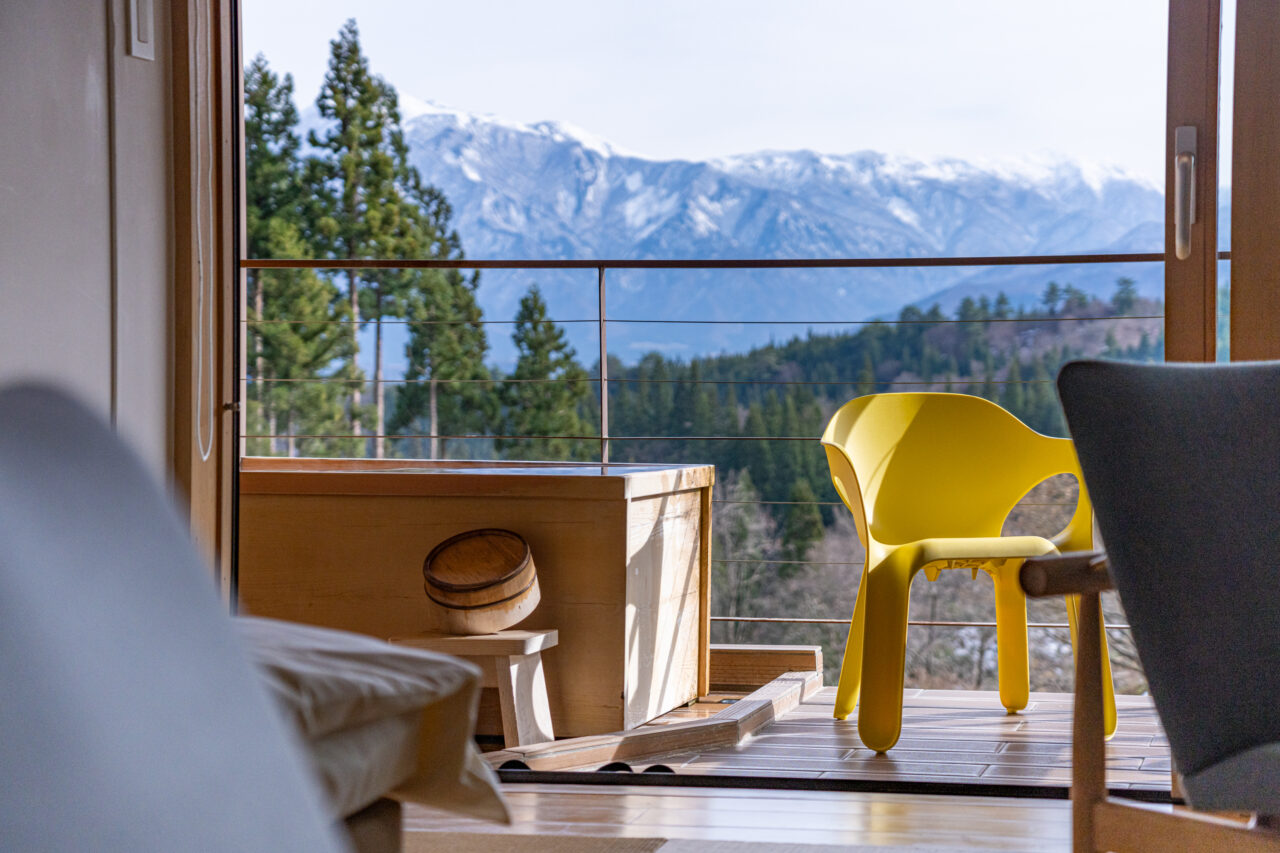
ONSEN
Whilst some rooms feature a balcony natural hot spring bath, all guests have access to the communal outdoor baths segmented by gender featuring the most spectacular view over the neighbouring mountain scape. Expansive and awe-inspiring, the view is captivating at all times of the day. Sunrise to sunset, the diverse colours of nature can be witnessed from a front-row seat within the stone-lined natural hot spring onsen bath.
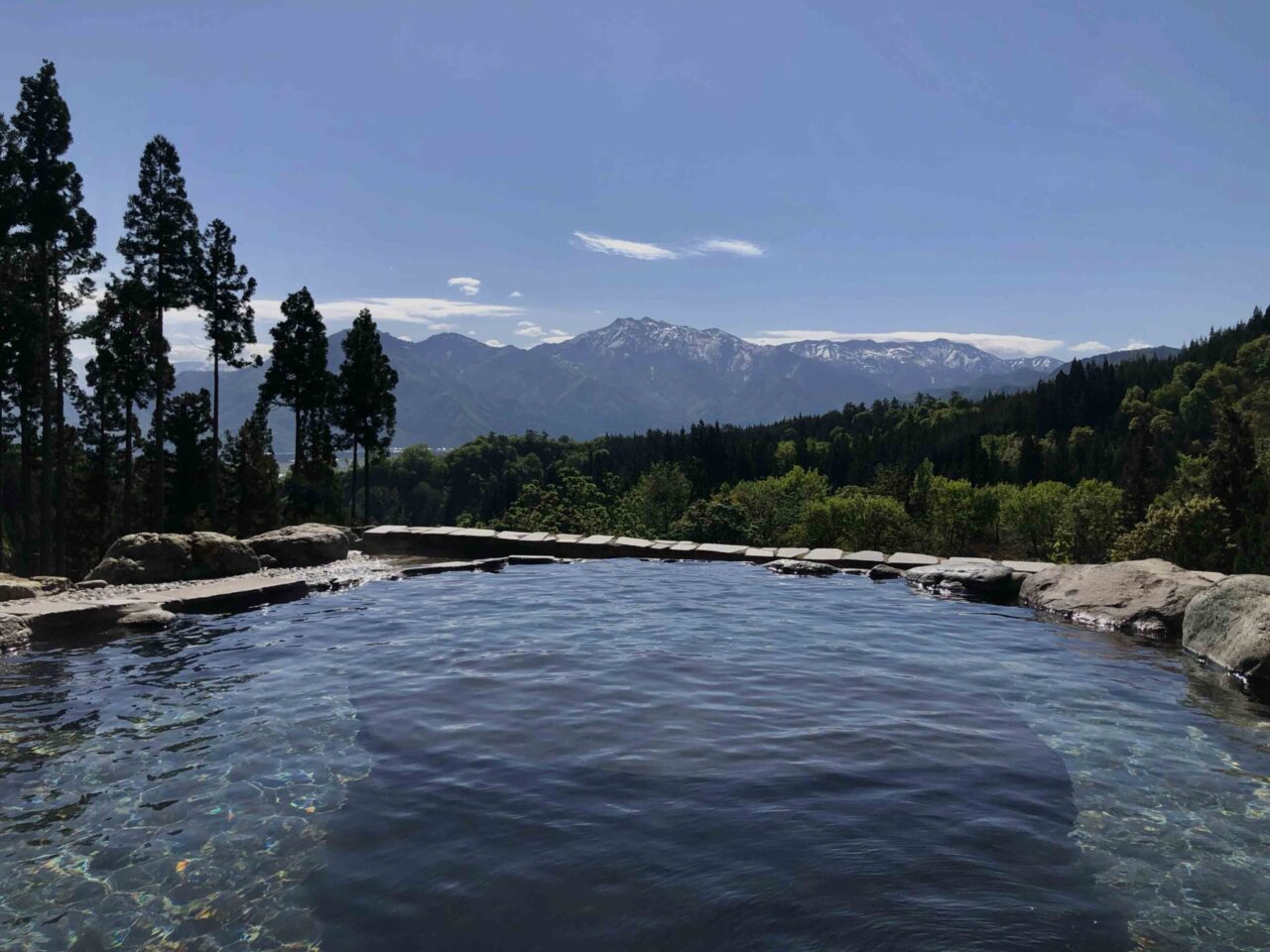
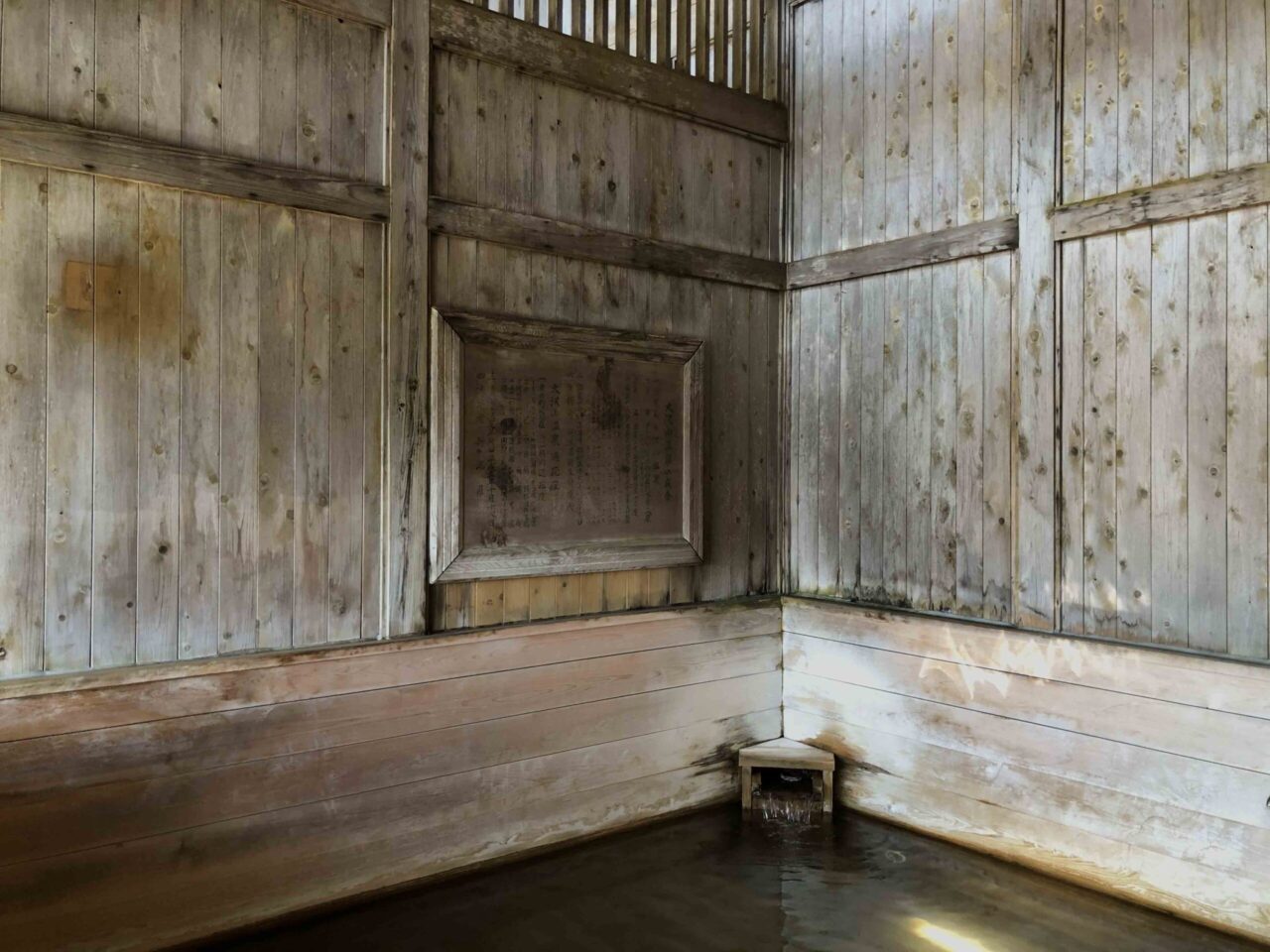
DINING
Satoyama Jujo’s restaurant Sanaburi and all-organic course dining is truly one of a kind, showcasing the beauty and Japan’s micro-seasonality and natural abundance of wild mountain vegetables.
Executive Chef Keiko Kuwakino, notably awarded World’s Best Female Vegetable Chef in 2023 and having achieved a Michelin Star for Satoyama Jujo’s dining in 2020, highlights the culture, climate and produce of Minami-Uonuma region where the hotel is located. Deep within Japan’s ‘snow country’ region in Niigata about 1,000 meters above sea level, the area holds centuries of tradition and history in food preservation techniques, such as with yukimuro; a ‘natural refrigerator’ fashioned from snow. In winter, the cold snow notably draws out sweetness from vegetables, adding depth and removing bitterness.
Originally trained as a therapist, chef Kuwakino initially explored Ayurveda and Ayurvedic cuisine in Australia and India, before returning to Tokyo and subsequently moving to Niigata to lead Satoyama Jujo’s Sanaburi. Focussing on locally-sourced ingredients, sansai wild edible plants and body-healing spices, her mornings include ‘hunting’ the day’s ingredients foraged from the surrounding forests and mountains.
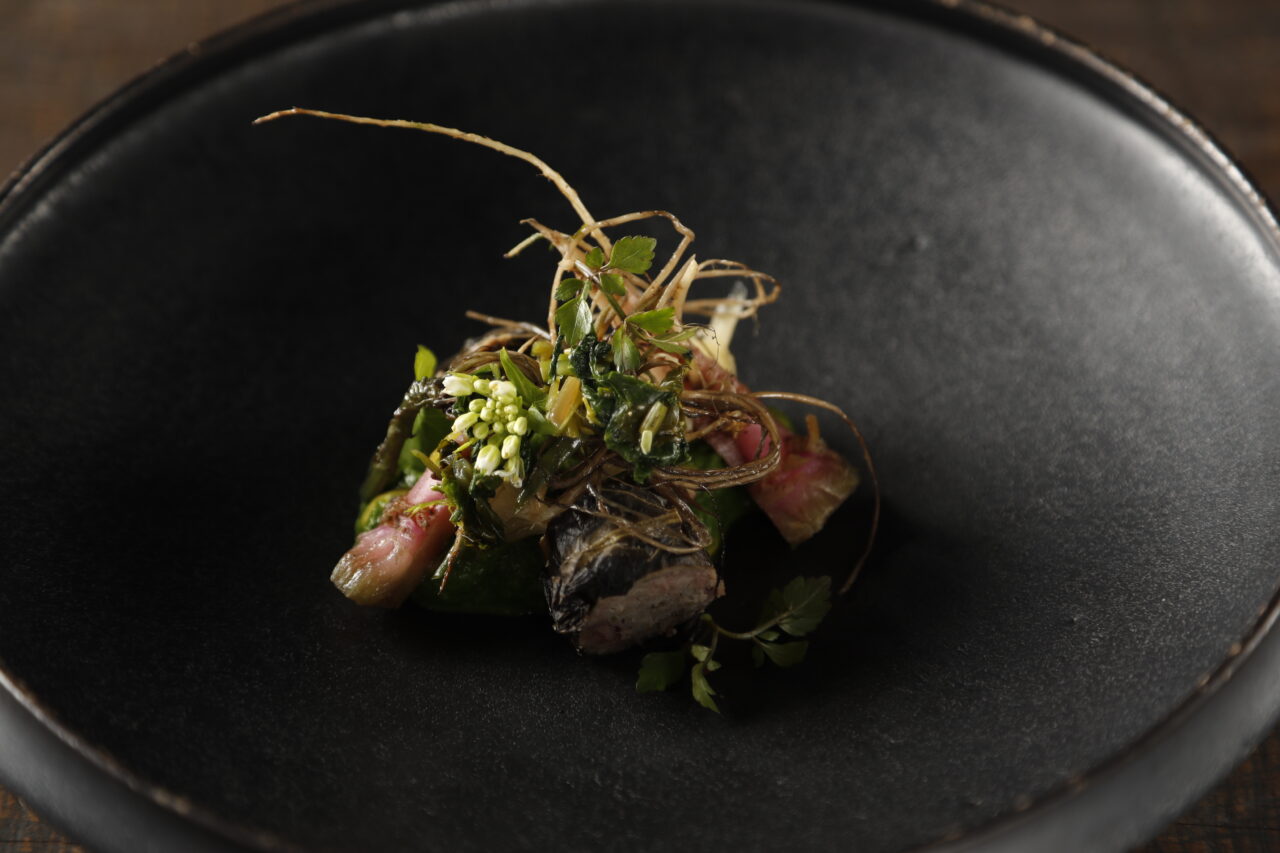
In Japan, almost all mountain vegetables are foraged exclusively in the wild. This requires years of experience and understanding of each variety that extends to the hundreds; fukinoto (butterbur sprouts), udo (Japanese asparagus), mitsuba (Japanese parsley), warabi (bracken fern), azukina (yuki-zasa from the Asparagaceae family), urui (hosta montana) just to name a few. Chef Kuwakino’s spring course menu included katakuri flower sprouts, alongside green akebi (kuromoji flower bud) paired with shrimp, and a sour-tasting plant itadoi often likened visually to asparagus. Kuwakino noted, ‘People think that mountain vegetables’ taste are always bitter, but this plant holds a sour taste.’
Chef Kuwakino’s approach to thoughtful dishes, ingredient preservation and fermentation requires a keen sense of nuances in seasonality, location and elevation. For the course dining starter, she presented her own pickled fuji (a type of purple flower sansai), and yomogi (mugwort) warm mochi pounded rice cake with yomogi paste and momiji-gasa sautéed leaves. Paired with a warm drink made by azuki red bean, cinnamon and dokudami (fish mint) herb, the balance of bitter and sweet heightened the delightful juxtaposition.
The dinner ‘sansai nabe’ hotpot [with a sensational chicken broth] focussed on these wild edible plants presented in the same order as if you were entering a forest, which included a type of wild garlic known as gyōja-ninniku often referred to as the ‘queen of edible wild plants’ and bitter kogomi sprouts (unfurled fiddlehead ferns) possible to be eaten raw and often used in tempura. For the hotpot, root herbs were dipped in the broth for one minute, whilst leaves required just thirty seconds.



Chef Kuwakino and her team’s culinary ingenuity is evident; other dishes included nanohana (rapeseed flowers) with white and creamy fugu fish shirako, tsukushi (flowers of the fertile stem of Horsetail plant) alongside three-month pickled cabbage aged in the winter yukimuro, and lightly battered abalone from the coast with pickled wasabina leaf and yama udo (mountain asparagus) served on a fresh green wasabi leaf.
With each detail considered, dishes were presented on earthen tableware by Kasama-yaki artisan Kei Condo or antique plates with gold kintsugi repairs. Beverage pairings were equally as thoughtful. For the non-alcoholic offering; Light, sweet and aromatic Hakkaisan amazake with homemade goma black sesame paste; a zesty and sharp fermented wild grape juice; to a warm freshly-squeezed tomato juice with cumin, coriander and kuromoji spice bush.
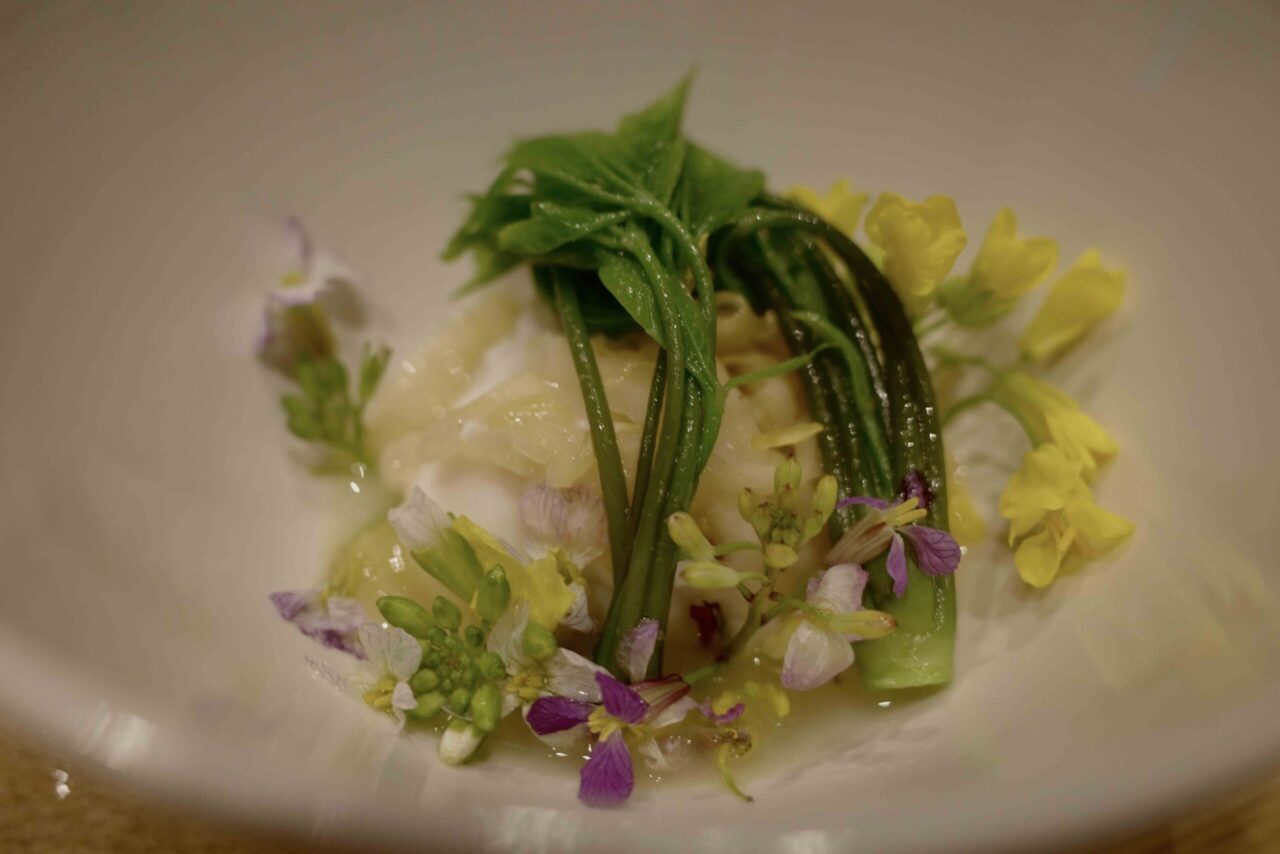
At Satoyama Jujo, the hotel concept transports guests to the basics of humanity; connecting the purity and honesty of nature with modern necessities. As the world around us changes yet our bodies remain the same, why not nurture them just as our ancestors did? At Satoyama Jujo, you may just find the answer.
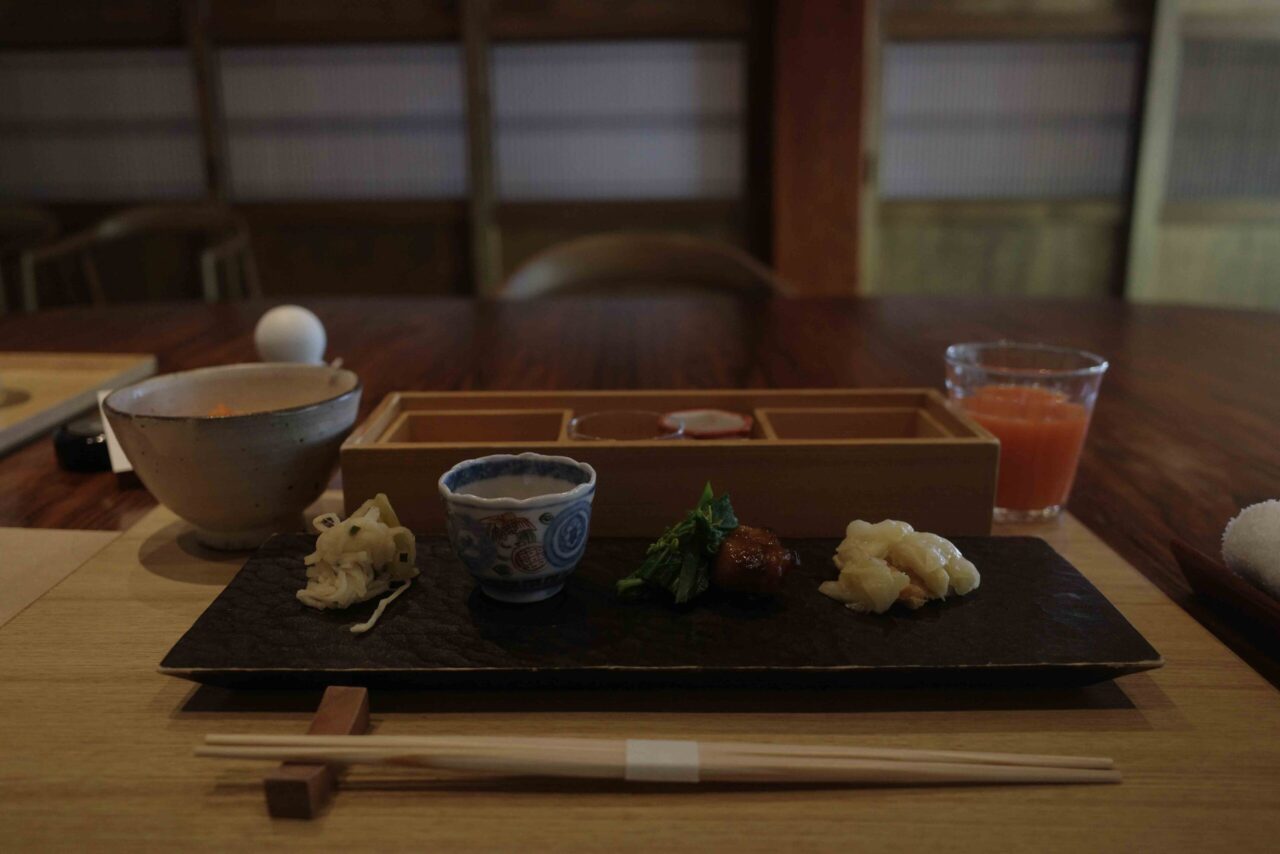
SATOYAMA JUJO
1209-6 Osawa, Minamiuonuma
Niigata 949-6361 JAPAN

For more Japan destinations, click here.
#champ_niigata #champ_japan
Text: Joanna Kawecki
Images: Courtesy Satoyama Jujo / Jiyujin & Champ Creative
